Tiff1886
Rough_Rock
- Joined
- Jun 2, 2023
- Messages
- 35
One thing I have noticed after viewing a couple hundred Gemological Reports from Tiffany:
The Pavilion Angle and the Pavilion Depth do not always perfectly correlate.
For a given pavilion angle (example: 40.9), the pavilion depth varies from 43.1 to 43.4. (I even found a case where a 40.8 PA has a 43.2 PD while a 40.9 has a 43.1 PD.)
I imagine this is all down to rounding because there can be quite a bit of variance in the individual pavilion mains?
If one were to pick a 40.9 with a 43.2 depth percentage, does that mean the pavilion is on the shallower end of 40.9?
I attached some random examples from eBay to show the discrepancy in Pavilion Angle vs Pavilion Depth
The Pavilion Angle and the Pavilion Depth do not always perfectly correlate.
For a given pavilion angle (example: 40.9), the pavilion depth varies from 43.1 to 43.4. (I even found a case where a 40.8 PA has a 43.2 PD while a 40.9 has a 43.1 PD.)
I imagine this is all down to rounding because there can be quite a bit of variance in the individual pavilion mains?
If one were to pick a 40.9 with a 43.2 depth percentage, does that mean the pavilion is on the shallower end of 40.9?
I attached some random examples from eBay to show the discrepancy in Pavilion Angle vs Pavilion Depth

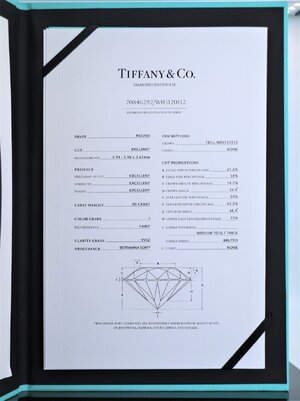
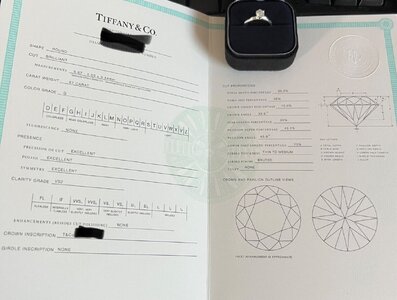
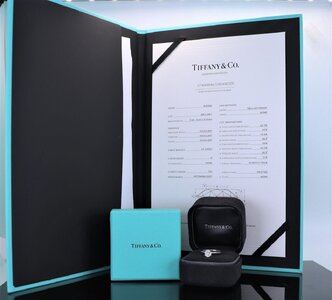
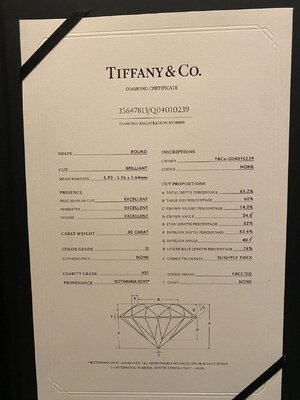




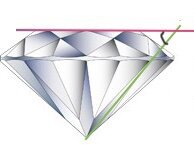
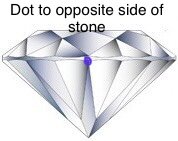
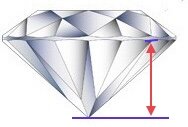


300x240.png)